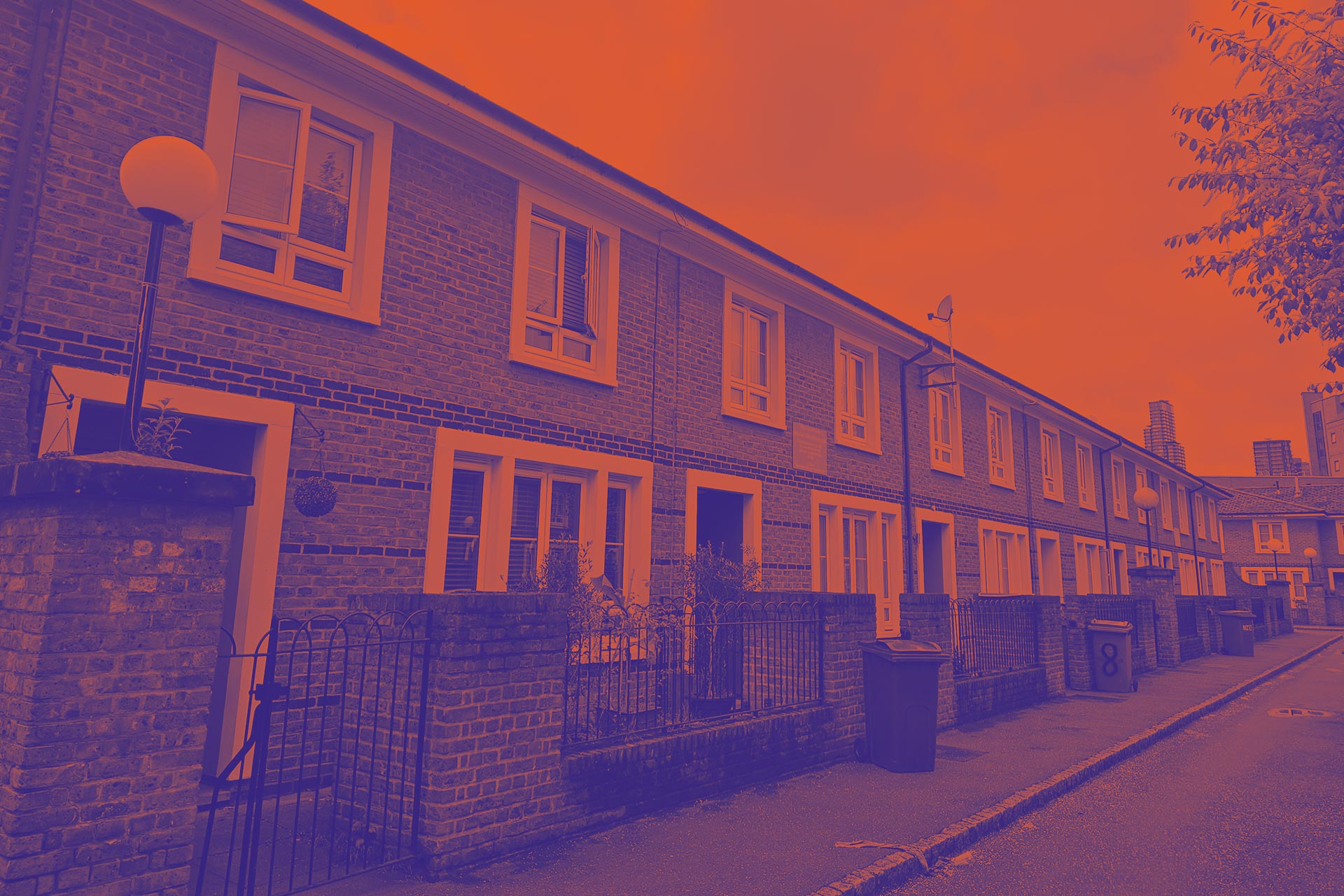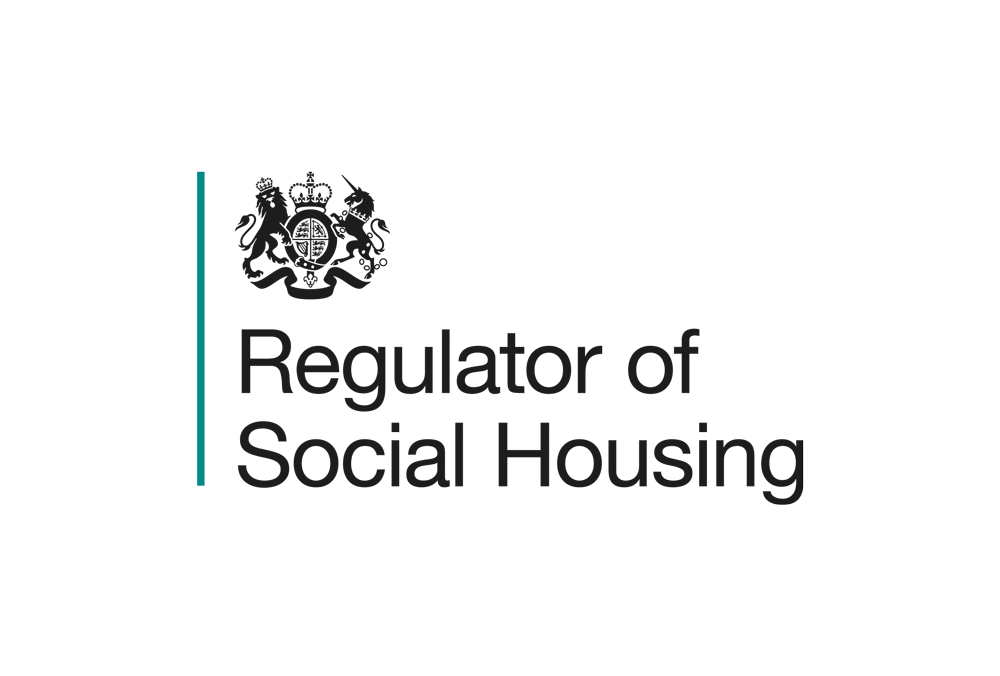Whether you live in a historic property full of character or a brand-new build with modern conveniences, understanding your home is essential for all housing association tenants. Every home comes with unique features, responsibilities, and potential challenges, and being informed can help you protect your property, manage costs, and enjoy your living space to the fullest.
1. Know your home’s age and construction
Historic homes:
- Often built with traditional materials like solid brick, timber, or stone.
- May have features that are protected due to heritage or conservation rules.
- Require careful maintenance to avoid damaging original features.
New builds:
- Built to modern standards with contemporary materials and insulation.
- Likely to have energy-efficient systems, such as double glazing, modern heating, and ventilation.
- Maintenance is usually lower in the early years, though warranties and manuals should be reviewed.
2. Maintenance and repair responsibilities
- The landlord will generally maintain the structure, roof, plumbing, and communal areas (depends on tenancy agreement)
- Tenants are usually responsible for keeping the interior clean, safe, and undamaged.
- Understanding your home’s construction helps you spot issues early, such as leaks in older roofs or cracks in new walls, so they can be reported promptly.
3. Insurance considerations
Building Insurance is arranged by the landlord and covers structural damage.
Contents Insurance, which you should arrange yourself, protects your personal belongings. Knowing your home’s age and features helps:
- Historic homes: ensure coverage includes risks like fire, flood, or subsidence.
- New builds: ensure coverage reflects modern appliances and electronics.
4. Energy efficiency and running costs
- Historic homes may be less energy-efficient due to single glazing or older heating systems. Tenants might need to manage energy use carefully.
- New homes usually meet modern efficiency standards, though understanding heating systems, smart meters, or ventilation is key to reducing bills.
5. Preservation and modernisation
- Historic homes may have restrictions on alterations. Always check with your housing officer before making changes.
- New homes can often be personalised within certain limits, but tenants should understand rules regarding fixtures, decoration, or garden areas.
6. Safety considerations
- Smoke alarms, carbon monoxide detectors, and emergency exits may differ in historic and new homes.
- Regular checks and reporting hazards promptly to your landlord keeps your home safe.
Key considerations:
- Know your home: age, construction, and unique features affect maintenance, insurance, and energy use.
- Understand responsibilities: The landlord maintains the building; you maintain the interior.
- Protect your belongings: contents insurance is essential, regardless of your home’s age.
- Report issues promptly: early reporting of repairs keeps your home safe and well-maintained.
- Respect the home’s character: historic or modern, following guidance preserves value and enjoyment.
Living in a housing association property is easier and safer when you understand your home. By taking a little time to learn about its history, construction, and features, you can protect your belongings, manage costs, and make the most of your living space. If you have any questions, do not hesitate to ask your SHA housing officer.








